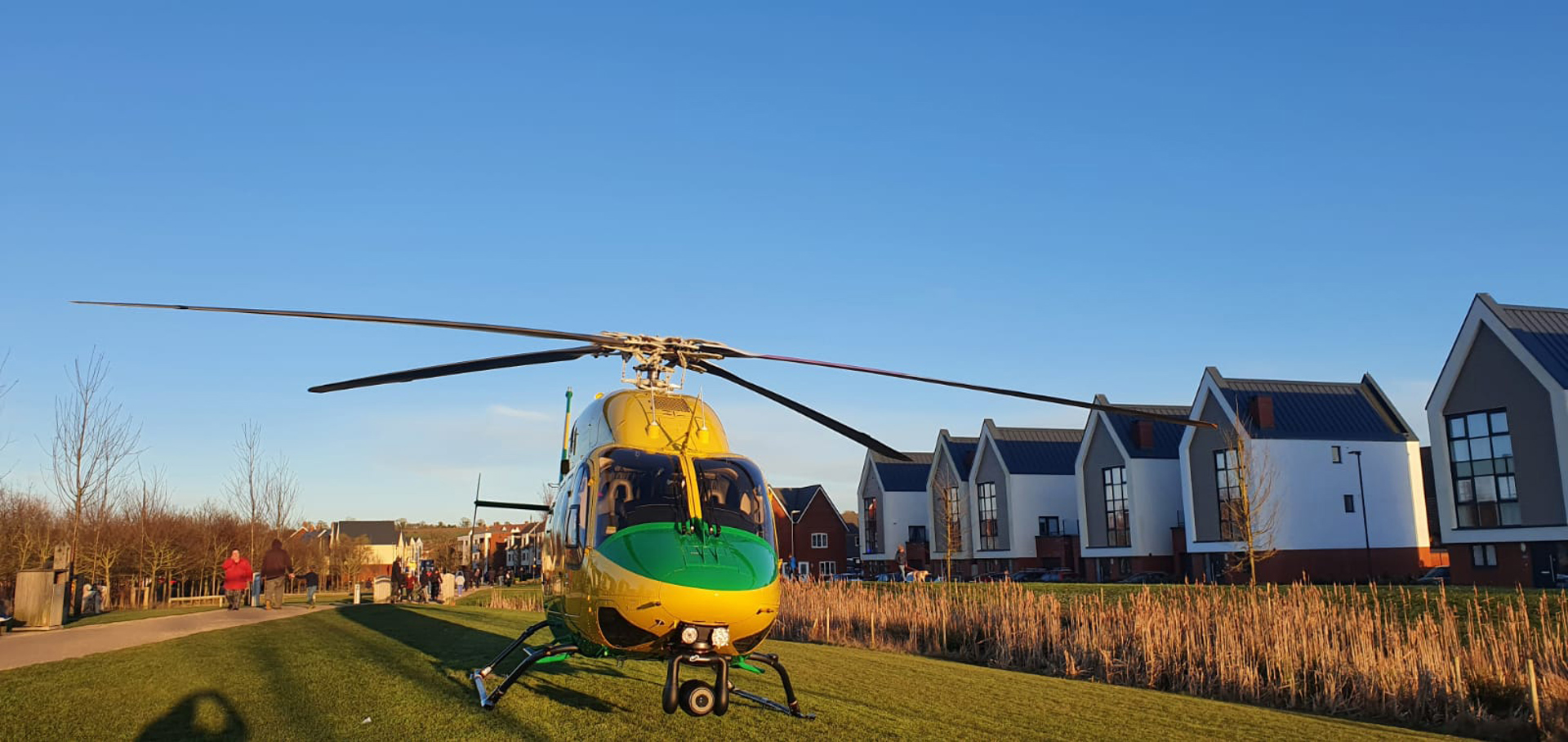Our impact | May 2024
Tuesday, 11 June 2024

This equates to an average of four missions every single day, a rise from three missions a day we usually attend on average.
The month of May has been the busiest so far this year and of the missions attended across Wiltshire, Bath and surrounding areas, 84 were in our helicopter and 41 in our critical care car.
A total of 40 missions took place at night, when our pilots need to use specialised night vision goggles.
Swindon was the most frequently visited area, with 22 missions taking place in May. Our critical care team also attended 13 missions in Chippenham, 12 in Somerset and ten missions in the city of Bath.


Another significant aspect of the month was the record number of missions attended with pre-hospital doctors on board.
Out of the 125 missions, 91 included doctors, representing 73% of all missions in May. The presence of pre-hospital doctors is crucial, as they can make advanced decisions on scene and administer alternative medications that critical care paramedics are unable to deliver.
We performed 26 patient transfers to various hospitals, with eight transfers to Royal United Hospital in Bath, seven to Great Western Hospital in Swindon and six to Southmead Hospital in Bristol.
In terms of mission types, our crew were called to 27 cardiac emergencies, 29 were medical conditions, 16 road traffic collisions and 16 falls. We also attended 26 incidents involving children.
The crew are often called upon to perform surgical procedures, deliver blood transfusions and administer pre-hospital emergency anaesthesia at the scene of an incident.
During May, our aircrew carried out three procedural sedations, four patients needed pre-hospital emergency anaesthesia, which is a vital yet high-risk intervention. It is used to gain rapid control of a patient’s physiology following serious traumatic or medical incidents.
There was one patient who required a blood transfusion on scene before being transferred to hospital. We carry two units of O Negative red blood cells, two units of O Positive red blood cells and four units of plasma on board our helicopter and critical care cars.
Our aircrew supported eight patients with advanced airway management, and on four occasions the team used the LUCAS machine to deliver CPR.
Our pre-hospital doctors administered four regional nerve blocks during May. This is when specific areas can be numbed individually where an operation is being performed.
This is a skill our critical care paramedics will be able to undertake going forwards as the charity continues to enhance its clinical operations.

To find out more about where we have been and our most recent missions, click here to use our interactive Mission Map.
Get in touch
Have you been airlifted by us?
If you or someone you know has been airlifted by our team, it would be great to hear from you. We can arrange for a visit to the airbase for the chance to meet our pilots, paramedics and doctors.